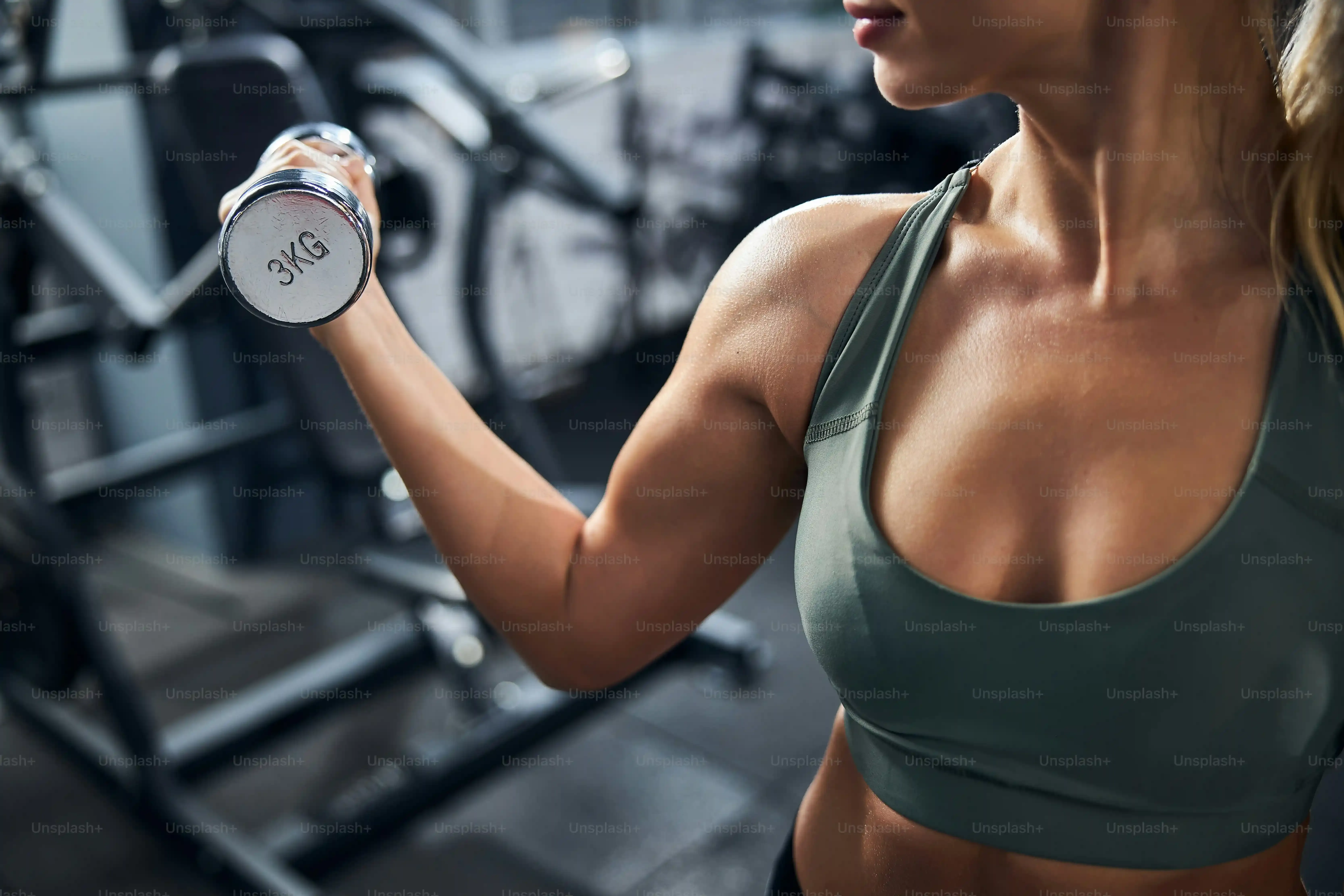Table of Contents
Alright, let's cut to the chase. You want stronger, more defined chest and arms, but hitting the gym feels like a logistical nightmare or maybe you just don't see the point of paying for equipment you can simulate at home. You've probably wondered if it's even possible to get real results without racks of dumbbells and benches.
The Power of Bodyweight: Why At Home Chest and Arm Workouts Without Weights Work
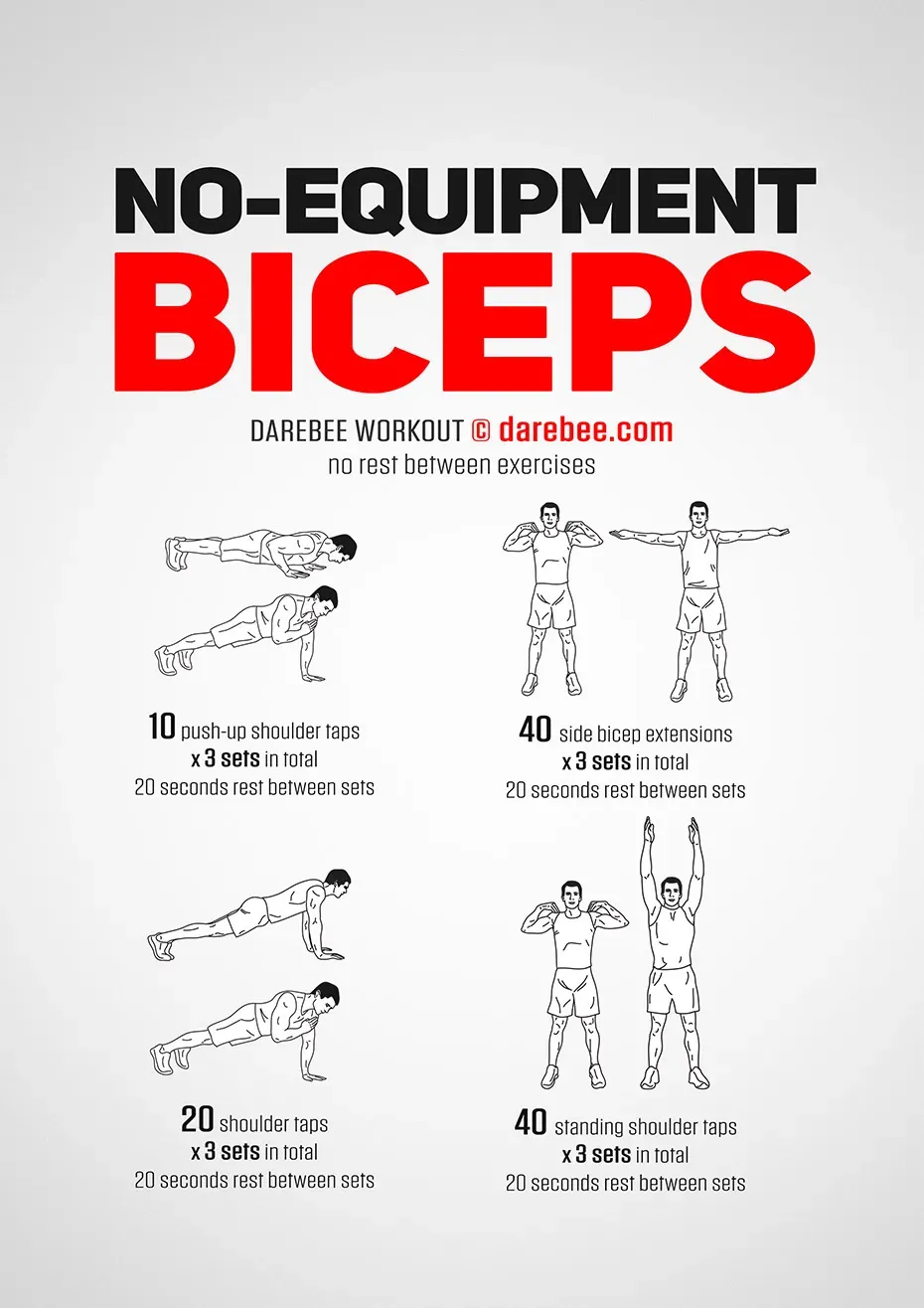
The Power of Bodyweight: Why At Home Chest and Arm Workouts Without Weights Work
Look, I get it. You see those guys benching three plates or curling dumbbells the size of small children, and you think, "How is pushing my own body off the floor going to stack up?" Fair question. But here's the deal: bodyweight training isn't just some fallback for when the gym's closed. It's a fundamental way to build serious functional strength and muscle. When you're doing push-ups, dips (even off a chair), or plank variations, you're not just moving a weight; you're controlling your entire body through space, engaging multiple muscle groups simultaneously – chest, shoulders, triceps, and even your core – in ways isolation exercises often miss. This integrated strength translates directly to real-world capability, making those everyday tasks less of a chore and more of a warm-up. Plus, the sheer convenience of effectiveat home chest and arm workouts without weightsmeans consistency becomes a whole lot easier. No commute, no waiting for equipment, just you and the floor.
Essential Moves for Your At Home Chest and Arm Workout
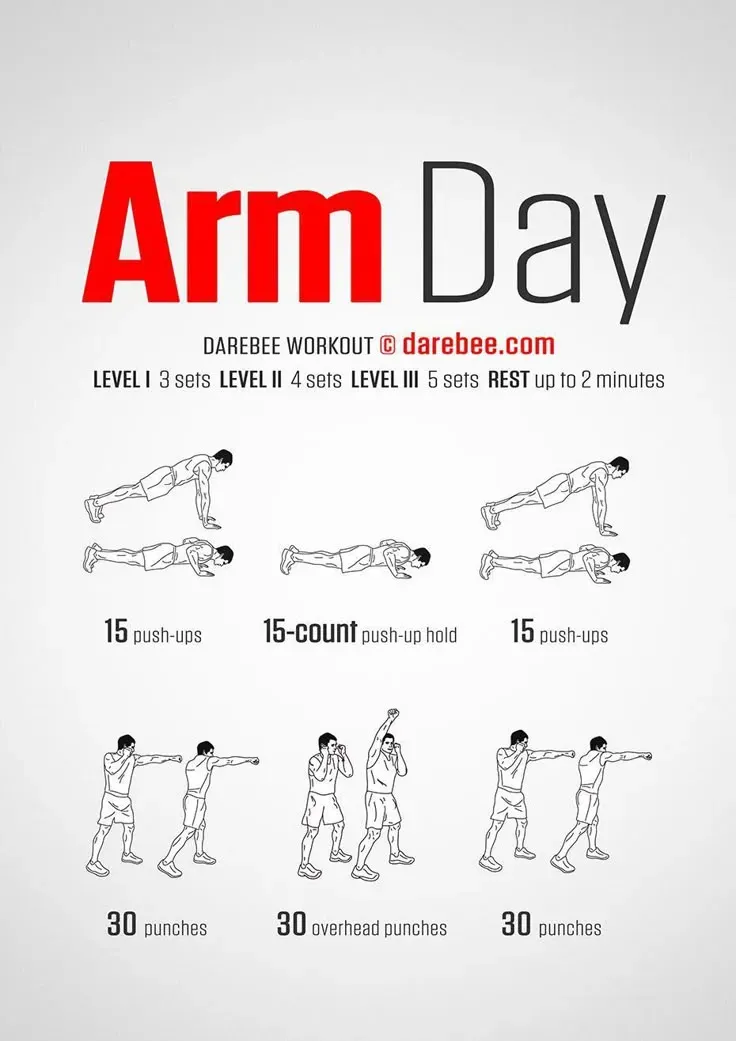
Essential Moves for Your At Home Chest and Arm Workout
Mastering the Push-Up Foundation
Let's kick this off with the undisputed king of bodyweight chest exercises: the push-up. Seems simple, right? Hands on the floor, lower your chest, push back up. But the magic is in the variations and getting the form dialed in. A standard push-up hits your chest, shoulders, and triceps. To target specific areas more, you can adjust your hand placement. Wide hands lean more on the outer chest, while diamond push-ups (hands close together, thumbs and index fingers touching) absolutely torch your triceps and inner chest. Don't feel bad if you start on your knees; better to do perfect knee push-ups than sloppy full ones. The goal is control, not just getting up and down.
Targeting Those Triceps and Biceps
Beyond push-ups, you need moves that isolate the arms a bit more. Tricep dips are your best friend here, and all you need is a sturdy chair or the edge of your couch. Sit on the edge, hands gripping beside you, slide your butt off, and lower yourself by bending your elbows. Keep your back close to the chair. This move is brutal on the triceps, the back of your arms. For biceps, which are tougher to hit directly without weights, you can use household items strategically (like resistance bands if you have them, or even just flexing hard at the top of pulling movements if you find something to hang from), but focusing on compound moves like push-ups and dips that *also* engage the biceps for stability is a solid start for yourat home chest and arm workouts without weights.
Here are a few foundational moves to get you started:
- Standard Push-Up: Hands slightly wider than shoulder-width, lower chest towards the floor. Hits chest, shoulders, triceps.
- Diamond Push-Up: Hands close together under your chest, thumbs and index fingers touching. Focuses heavily on triceps and inner chest.
- Tricep Dip (Chair/Couch): Use a stable edge, lower body by bending elbows (keep them pointing back, not out). Primarily targets triceps.
Shoulder Strength and Stability
Strong arms and chest are great, but you need stable shoulders too. Moves that integrate the core and shoulders are crucial. Plank shoulder taps are fantastic: hold a high plank position and alternately lift one hand to tap the opposite shoulder, keeping your body as still as possible. This builds shoulder stability and core strength simultaneously. Up-down planks (moving from a high plank to a forearm plank and back) hit the shoulders and triceps hard while demanding core control. And don't forget the Superwoman pose – lying face down, lifting your chest, arms, and legs off the floor – great for the rear deltoids and upper back, balancing out all that pushing.
Crafting an Effective At Home Chest and Arm Workout Without Weights Routine
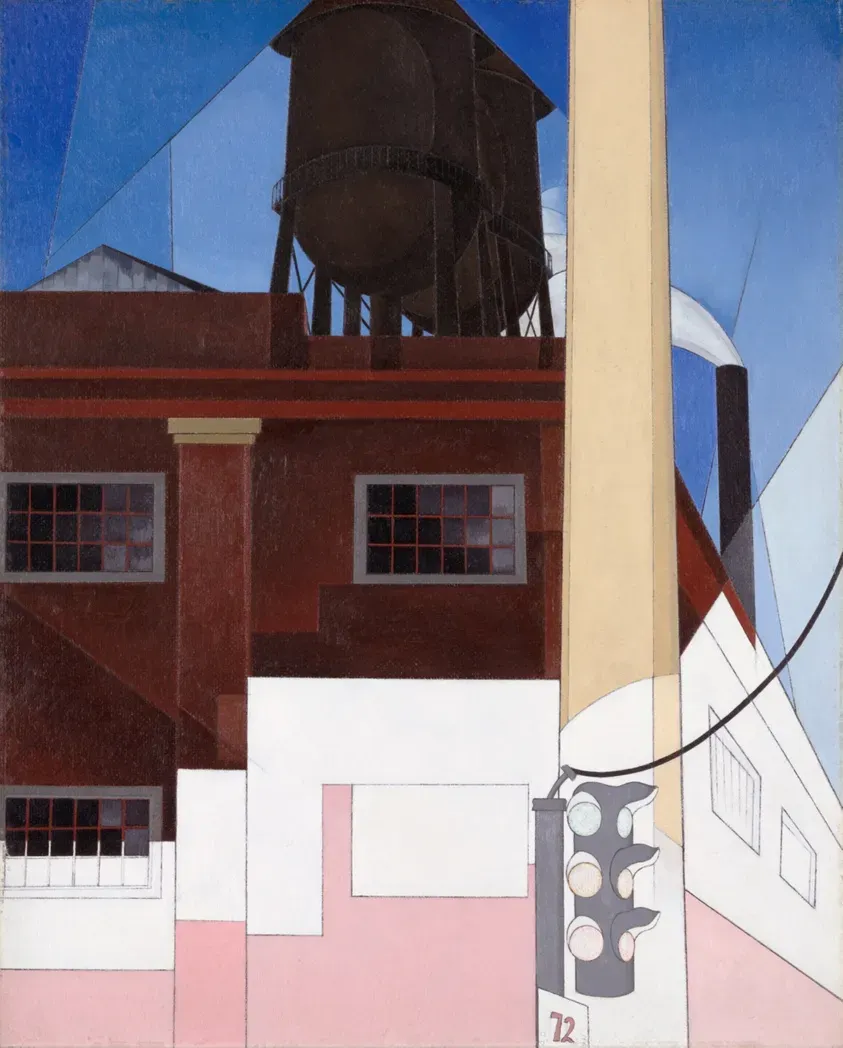
Crafting an Effective At Home Chest and Arm Workout Without Weights Routine
Structuring Your Session
so you've got the moves down. Now, how do you string them together into something that actually builds muscle? It's not just about doing random push-ups until you collapse. Think structure. A goodat home chest and arm workouts without weightssession needs a warm-up (get that blood flowing, maybe some arm circles and light stretching), the main event (the exercises we discussed), and a cool-down. You can do this circuit-style, moving from one exercise to the next with minimal rest, or traditional sets and reps. Circuit training is great for conditioning and hitting density, while sets and reps allow for focusing on strength in each specific movement. Pick 4-5 exercises that hit different angles of your chest, shoulders, and triceps.
Reps, Sets, and Rest: The Nitty-Gritty
How many times should you push? How long should you rest? This isn't rocket science, but it requires a little thought. For building muscle (hypertrophy), aim for reps in the 10-20 range per set. If you can easily do more than 20 with good form, you need to make the exercise harder (more on that later). Do 3-4 sets per exercise. Rest time depends on your goal. For strength focus, take 60-90 seconds between sets. For more conditioning or circuit style, keep rest shorter, maybe 30-45 seconds between exercises in the circuit. Listen to your body, but also push yourself. That last rep should feel tough, not like you're mailing it in.
Here’s a sample circuit structure:
- Standard Push-Ups: 30-60 seconds
- Tricep Dips (Chair): 30-60 seconds
- Plank Shoulder Taps: 30-60 seconds
- Diamond Push-Ups: 30-60 seconds
- Up-Down Plank: 30-60 seconds
Rest 60-90 seconds, then repeat the circuit 2-4 times.
Progressing Without Adding Plates
The biggest question withat home chest and arm workouts without weightsis how to keep getting stronger when you can't just slap another 5-pound plate on the bar. Progression is key. Once you can comfortably nail 3 sets of 20 reps of a standard push-up, that variation isn't challenging you enough for continued muscle growth. You need to increase the difficulty. This could mean changing the leverage (elevating your feet for push-ups makes them harder), slowing down the tempo (eccentric push-ups, lowering slowly for 3-5 seconds), increasing the range of motion, or moving to a more difficult variation like single-arm elevated push-ups or pseudo planche push-ups. Always seek to make the exercise slightly harder than last time.
Leveling Up Your Bodyweight Chest and Arm Gains
Making Bodyweight Exercises Harder (Because They Will Get Easy)
so you've crushed the basic push-ups and dips. You're doing sets of 20 like it's nothing, and frankly, it's getting a little boring. This is where a lot of people think they hit a wall withat home chest and arm workouts without weights. But the wall isn't real; you just need to change the angle. Think about elevating your feet on a chair or table for push-ups – instant difficulty spike, shifting more load onto your upper chest and shoulders. Or try pseudo planche push-ups, where your hands are lower down your body, closer to your waist, leaning forward significantly. These variations drastically increase the demand on your chest, shoulders, and triceps. It’s about manipulating leverage and body position to create more resistance, not just adding external weight.
Adding Intensity and Volume Smartly
Once you've explored variations, you can also manipulate intensity and volume. Slowing down the eccentric (lowering) phase of an exercise is a killer way to increase time under tension and build muscle – try taking 3-5 seconds to lower yourself in a push-up or dip. Pausing at the bottom or top of a movement for a second or two also adds intensity. Another method is increasing volume through more sets, more reps within a challenging variation, or reducing rest times between sets or exercises in a circuit. This consistent increase in demand is what forces your muscles to adapt and grow stronger, even without picking up a single dumbbell.
Here are ways to make bodyweight moves tougher:
- Elevate your feet (push-ups, dips)
- Slow down the lowering phase (eccentrics)
- Pause at the bottom or top of the movement
- Use one arm or leg (advanced variations like one-arm push-ups, assisted)
- Decrease rest time between sets
- Increase the total number of sets or reps
Consistency and Listening to Your Body (The Unsexy Part)
Look, none of these tips matter if you're not consistent. Two weeks of crushing it followed by two weeks of doing nothing gets you nowhere. Aim for 2-4 chest and arm focused bodyweight sessions a week, allowing at least a day of rest in between for muscles to recover and rebuild. And this is crucial: listen to your body. Pushing through a little discomfort is necessary for growth, but ignoring sharp pain or persistent aches is just asking for an injury that will sideline you completely. Some days you'll feel like a superhero, other days you'll feel sluggish. That's normal. Adjust the intensity or volume as needed, but stick to the schedule. That consistent effort over time is the real secret sauce forat home chest and arm workouts without weights.
Real Results: The Benefits of At Home Chest and Arm Workouts Without Weights
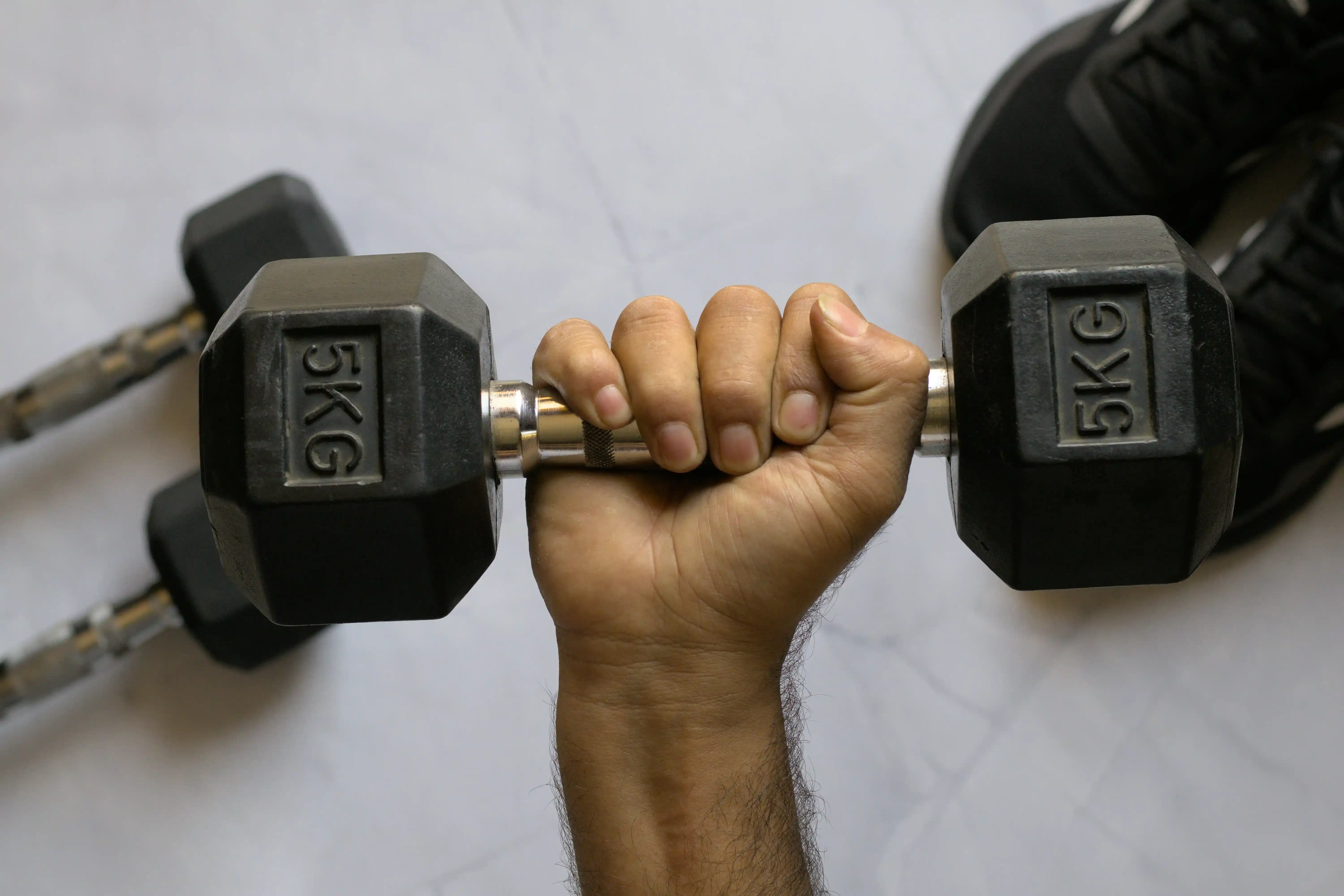
Real Results: The Benefits of At Home Chest and Arm Workouts Without Weights
So, why bother withat home chest and arm workouts without weightsbeyond the convenience factor? The payoff is tangible strength that actually matters outside of a gym mirror. You'll find carrying heavy groceries feels less like a struggle and more like just, well, carrying groceries. Opening that stubborn jar? Suddenly doable. Lifting luggage into an overhead compartment? No sweat. These workouts build integrated, functional strength because they often require you to stabilize your body while moving, which is exactly what daily life demands. Plus, let's be honest, there's a quiet satisfaction in knowing you can build a capable physique using nothing but your own body and a bit of floor space. It's proof that effective training doesn't require expensive memberships or mountains of iron.
Finish Line or Starting Point?
So, there you have it. Proof that building a stronger chest and arms doesn't require a monthly membership or hauling around heavy metal. We've laid out the moves, the methods, and the mindset needed to makeat home chest and arm workouts without weightsa legitimate path to progress. It's less about the gear and more about consistency and challenging yourself with what you have. Your body is capable of more than you think. Now, the only thing left is to actually do the work. Stop scrolling, start moving.
